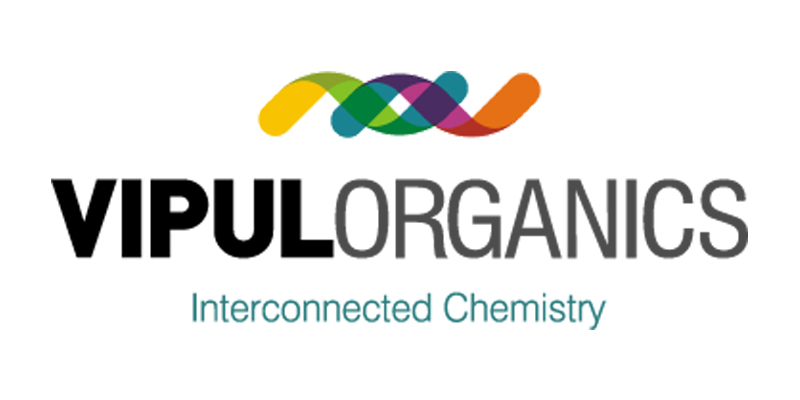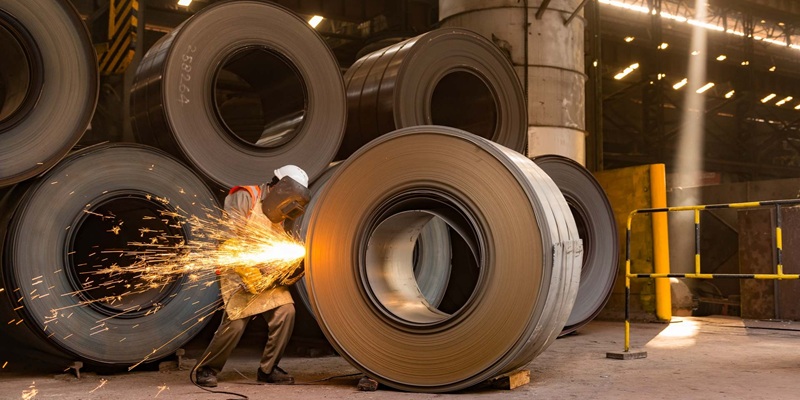Schedule a Call Back
Online shop for gripper jaws
 Technical Articles
Technical Articles- May 05,16
 How additive manufacturing or 3D printing of gripper fingers saves time and costs with components manufactured using this emerging technology.
How additive manufacturing or 3D printing of gripper fingers saves time and costs with components manufactured using this emerging technology.
The expense for the design and manufacture of application-specific gripper fingers is still often underestimated. Depending on the component geometry, an experienced design engineer often needs several hours for one pair of fingers. The production process itself can also be complex and costly. A patent pending web tool from Schunk shortens this process to a fraction of the time previously required. Schunk eGRIP needs only minimal data for the fully automatic calculation of the optimal 3D contour, the price and the delivery time. Once the order is placed, the additively manufactured fingers are delivered within only a few days – faster and less expensive then ever before.
Schunk has been exploring the (virtually) unlimited capabilities of additively manufactured gripping system components since 2005. The company thoroughly examined the different generative production methods to determine how they can be used in handling and assembly. Series of tests were conducted to analyse the behaviour of flexure mechanisms, the dependency of the mounting direction, and the recovery properties. In cooperation with the Fraunhofer IPA, the company also tested and optimised robot grippers manufactured with generative processes. The result is convincing: additive manufacturing produces grip-per components that are lightweight, wear-resistant, and extremely adaptable. They allow room for creativity in the development of standard modules and custom, application-specific solutions.
 Complex geometries can be implemented
Complex geometries can be implemented
Undoubtedly the biggest advantage of additive manufacturing is the enormous freedom with respect to the component geometry. Design engineers do not have to watch out for draft angles or undercuts, which allows them a high degree of design creativity. For example, the channels for power supply, signals or compressed air can be integrated directly in the grippers. Complex components that would require a great deal of cost and effort to implement using conventional methods are comparatively easy with the additive method. And even moving parts such as hinges can be manufactured as one piece. Direct generation of the components in the CAD system also significantly reduces the production time. The advantages of additive manufacturing with respect to time and costs are especially evident in the case of custom solutions produced in small quantities. The low weight of the polyamide modules also generates other effects: the lightweight components provide optimal conditions for the reduction of cycle times and energy consumption and for the use of smaller robots and handling systems.
For several years already Schunk has been using modern laser sintering systems to manufacture diverse modules from lightweight and wear-resistant polyamide 12 in a non-cutting process. The product spectrum includes grippers with a closed drive membrane for hygiene-critical applications, individually formed and on request also flexible fingers, quick-change systems that can be directly integrated in grippers or gripper fingers and that can even be equipped with media feed-throughs, as required. Even complex contours or individual labelling are possible at no additional cost. Since polyamide is resistant to chemicals and suitable for use with foods, it can also be used reliably in connection with aggressive media and in the food industry.
While Schunk gripper components produced with additive manufacturing processes so far have had the character of custom solutions, the browser-based Schunk eGRIP 3D de-sign tool now automates the entire process, from engineering to the completed finger. Similar to using an online photo service the user configures the desired gripper fingers by uploading his own file (STEP or STL) and specifying diverse variables, such as gripper type, weight, installation position of the gripper and finger length. Before completing the order the tool displays the exact price and delivery time, therefore guaranteeing maximum transparency of the order process. Users can either order the top jaws right away or save the offer for later retrieval to place an initial or follow-up order. In addition, the outer con-tour of the generated assemblies, consisting of the gripper, top jaws and workpiece, can be downloaded in STL format for immediate use in the system design. The first version of the design tool, which went online in early 2015, includes top jaws for the Schunk PGN-plus 40 to 125 universal grippers, the Schunk MPG-plus 20 to 64 small component grippers, and the Schunk EGP 25 to 40 electric small component grippers. The attractively priced top jaws are manufactured within a matter of days of lightweight, wear-resistant polyamide 12, either in the colours white or black. For use in pharmaceutical and medical applications, top jaws are also available in FDA-approved polyamide 12. Since polyamides are resistant to chemicals and suitable for use with foods, they can also be used reliably in connection with aggressive media.
Three-fold savings potential
“From numerous projects we know how much engineering design and production time is needed, especially for complex gripper fingers,” explains Ralf Steinmann, Business Unit Manager Gripping Systems at Schunk. “Depending on the component geometry, an experienced design engineer needs from two to eight hours for one pair of fingers.” Schunk eGRIP should now reduce the time needed to about 15 minutes. The know-how and the software for design of the gripper fingers are entirely from Schunk. A patent on the underlying process has been applied for. The actual additive manufacturing is performed by Materialise GmbH, one of the world’s leading pioneers in 3D printing, with whom Schunk has concluded an exclusive contract. The two companies have invested about one year of development time, and a six-digit figure in the tool. The result is convincing: the design time for gripper fingers is reduced by up to 97%. The production and delivery time are reduced by up to 88 %. In addition, the finger price is reduced by up to 50%. Schunk eGRIP is especially worthwhile in assembly systems requiring numerous grippers with different geometries. “In the case of a rotary table with 12 stations and 12 different pairs of fingers, savings between € 2,400 and € 9,600 are possible, depending on the geometry and individual requirements,” Ralf Steinmann explains. Over a period of six months test customers, including experienced SCHUNK design engineers, tested the system thoroughly. On the basis of their feedback it was possible to further optimise the user interface, the intuitive operation and the logic of the program. The program flow is now structured so that the user is guided step-by-step through all required actions. Attractive terms additionally facilitate the introduction to the software. The experience with Schunk eGRIP is so promising that the company is already considering offering the design tool in multiple languages and expanding it to include additional gripper series.
Schunk Intec India Pvt Ltd, Bangalore. Tel: 080-40538999. Fax: 91-80-40538998. Email: satish.sadasivan@in.schunk.com, info@in.schunk.com
Program language : English
Gripping modules : Schunk PGN-plus universal grippers, sizes 40 to 125
Schunk MPG-plus small component grippers, sizes 20 to 64 3D data : STEP or STL
Software : browser-based, no installation necessary
Material : Polyamide 12, white or black, extremely wear-resistant
: Polyamide 12, food-safe, with FDA approval for use in medical and pharmaceutical applications as well as food handling
Savings potential : Reduces the design time for gripper fingers by up to 97%
Reduces the delivery time for gripper fingers by up to 88%
Reduces the price for gripper fingers by up to 50%
Planned configurations : Other series from the SCHUNK gripper portfolio
Tutorials on YouTube : www.youtube.com/playlist?list=PLLdEHWyjh9t2P2YozehWrgIX5RZRZ4fE6
Related Stories

Renesas boosts India presence with R&D hubs and chip startup partnerships
MOUs with Indian Government and New Offices Mark Growth in Key Semiconductor Hubs
Read more
Vipul Organics opens a US sales office in the State of Delaware
Based at the State of Delaware, this office will give a boost to the sales and marketing efforts of the company in USA as well as Central American Countries.
Read more
Jindal Stainless unveils pioneering supply chain digitalisation project
Project Pragati, in collaboration with Dassault Systèmes and Capgemini, will streamline operations from casting to finishing at Jindal Stainless’ Hisar manufacturing unit, improving productivity ..
Read moreRelated Products

Delvo Screwdrivers
Pneumec Kontrolls offers a wide range of Delvo screwdrivers. Delvo screwdrivers, made by Nitto Kohki, are well-regarded electric screwdrivers used in industrial and assembly line settings. Here are Read more

Togawa Paint Hoses
Pneumec Kontrolls offers a wide range of Togawa paint hoses.

Silent Wide Range Linear Slides -QW Series
IBK Engineers Pvt Ltd offers a wide range of silent wide range linear slides - QW Series












